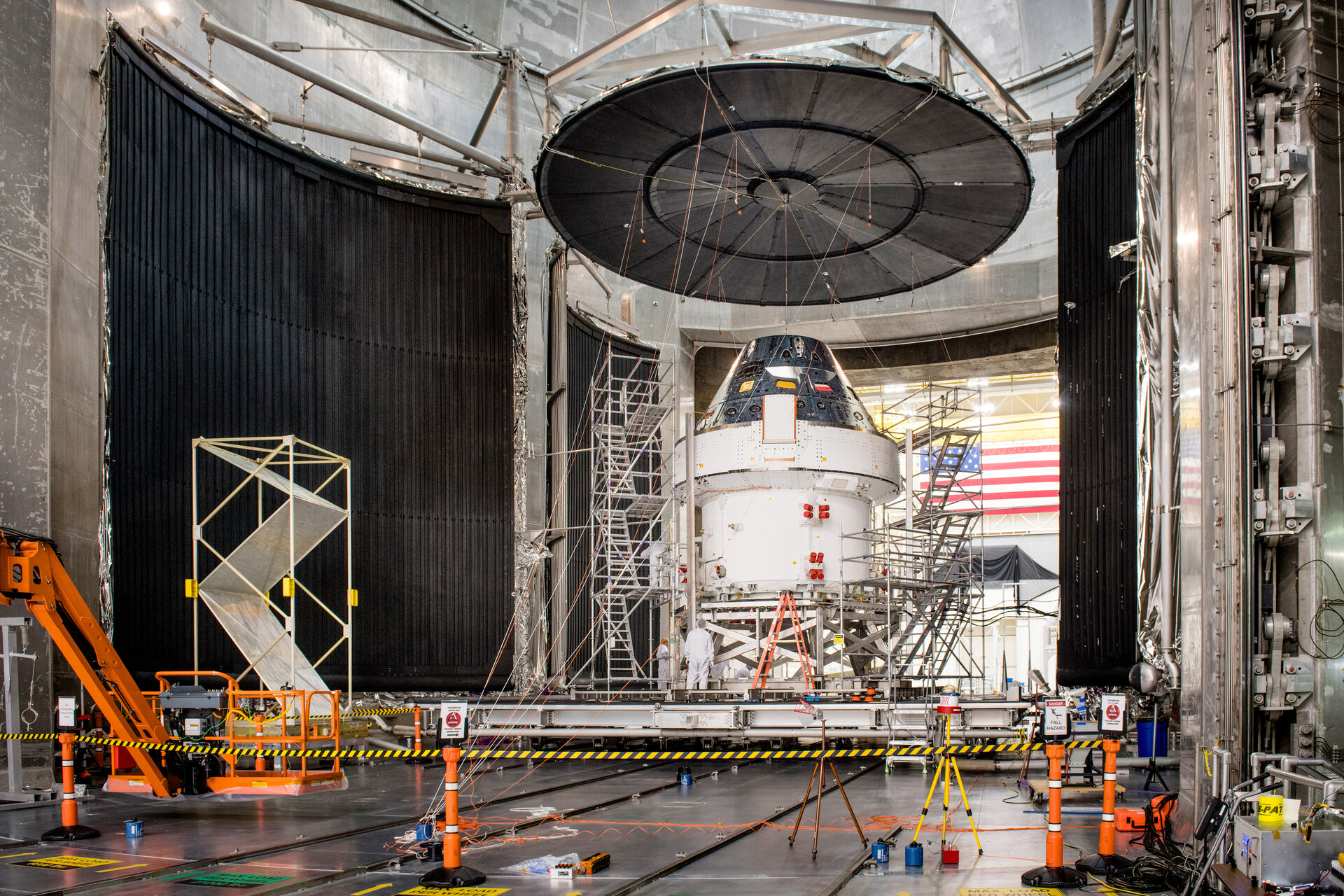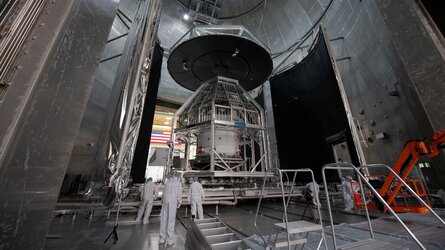Accept all cookies Accept only essential cookies See our Cookie Notice

About ESA
The European Space Agency (ESA) is Europe’s gateway to space. Its mission is to shape the development of Europe’s space capability and ensure that investment in space continues to deliver benefits to the citizens of Europe and the world.
Highlights
ESA - United space in Europe
This is ESA ESA facts Member States & Cooperating States Funding Director General Top management For Member State Delegations European vision European Space Policy ESA & EU Space Councils Responsibility & Sustainability Annual Report Calendar of meetings Corporate newsEstablishments & sites
ESA Headquarters ESA ESTEC ESA ESOC ESA ESRIN ESA EAC ESA ESAC Europe's Spaceport ESA ESEC ESA ECSAT Brussels Office Washington OfficeWorking with ESA
Business with ESA ESA Commercialisation Gateway Law at ESA Careers Cyber resilience at ESA IT at ESA Newsroom Partnerships Merchandising Licence Education Open Space Innovation Platform Integrity and Reporting Administrative Tribunal Health and SafetyMore about ESA
History ESA Historical Archives Exhibitions Publications Art & Culture ESA Merchandise Kids Diversity ESA Brand Centre ESA ChampionsLatest
Space in Member States
Find out more about space activities in our 23 Member States, and understand how ESA works together with their national agencies, institutions and organisations.
Science & Exploration
Exploring our Solar System and unlocking the secrets of the Universe
Go to topicAstronauts
Missions
Juice Euclid Webb Solar Orbiter BepiColombo Gaia ExoMars Cheops Exoplanet missions More missionsActivities
International Space Station Orion service module Gateway Concordia Caves & Pangaea BenefitsLatest
Space Safety
Protecting life and infrastructure on Earth and in orbit
Go to topicAsteroids
Asteroids and Planetary Defence Asteroid danger explained Flyeye telescope: asteroid detection Hera mission: asteroid deflection Near-Earth Object Coordination CentreSpace junk
About space debris Space debris by the numbers Space Environment Report In space refuelling, refurbishing and removingSafety from space
Clean Space ecodesign Zero Debris Technologies Space for Earth Supporting Sustainable DevelopmentLatest
Applications
Using space to benefit citizens and meet future challenges on Earth
Go to topicObserving the Earth
Observing the Earth Future EO Copernicus Meteorology Space for our climate Satellite missionsCommercialisation
ESA Commercialisation Gateway Open Space Innovation Platform Business Incubation ESA Space SolutionsLatest
Enabling & Support
Making space accessible and developing the technologies for the future
Go to topicBuilding missions
Space Engineering and Technology Test centre Laboratories Concurrent Design Facility Preparing for the future Shaping the Future Discovery and Preparation Advanced Concepts TeamSpace transportation
Space Transportation Ariane Vega Space Rider Future space transportation Boost! Europe's Spaceport Launches from Europe's Spaceport from 2012Latest

Interference testing
Thank you for liking
You have already liked this page, you can only like it once!
Testing one, two and now, three.
Radio frequency testing has begun on the first Orion spacecraft that will fly around the Moon for the Artemis 1 mission, just two weeks after thermal and environmental tests were completed at NASA’s Plum Brook Station in Ohio, USA.
Electromagnetic compatibility or EMC testing is routine for spacecraft. All electronics emit some form of electromagnetic waves that can cause interference with other devices. Think of the buzz that speakers give out right before an incoming call on a mobile phone.
Spacecraft electronics can cause similar interference, but out in space such interference can have disastrous consequences, so all systems must be checked before launch.
EMC tests often take place in a special shielded room constructed of metal walls and doors and foamy spikes (aka absorbers) that block out unwanted external electromagnetic radiation, like ESA’s Maxwell chamber at its technical site in the Netherlands.
Though not an EMC chamber, Plum Brook’s thermal vacuum chamber is made of aluminium that does provide electromagnetic shielding, making it a suitable substitute.
To test electronics, the spacecraft will simulate a flight in realistic conditions with most of its subsystems and equipment powered and in operational mode.
The electronics are first tested for compatibility in this electromagnetic shielded chamber. Equipment will be switched on to test whether they do potentially disturb one another.
In the second round of tests, electromagnetic fields will be applied using antennas around the spacecraft to test the susceptibility to interference from external sources. The Orion capsule is equipped with electromagnetic field sensors to take measurements as the disturbance frequencies are injected into the chamber.
While all subsystems are a potential source of radio frequency noise, of particular interest are the transmitters that intentionally generate radio frequencies. These can easily disturb other equipment sensitive to electromagnetic noise, like GPS receivers, tele-command modules and other communication elements.
ESA experts are on site monitoring all tests alongside NASA colleagues as Orion moves closer to its first flight without a crew around the Moon.
Find more in depth coverage of all things Orion on the blog.
-
CREDIT
ESA -
LICENCE
ESA Standard Licence

Tests complete for Orion

Timelapse: lifting Orion for Artemis II

Forward to the Moon with ESA

Artemis II Orion in all its glory















 Germany
Germany
 Austria
Austria
 Belgium
Belgium
 Denmark
Denmark
 Spain
Spain
 Estonia
Estonia
 Finland
Finland
 France
France
 Greece
Greece
 Hungary
Hungary
 Ireland
Ireland
 Italy
Italy
 Luxembourg
Luxembourg
 Norway
Norway
 The Netherlands
The Netherlands
 Poland
Poland
 Portugal
Portugal
 Czechia
Czechia
 Romania
Romania
 United Kingdom
United Kingdom
 Slovenia
Slovenia
 Sweden
Sweden
 Switzerland
Switzerland
























